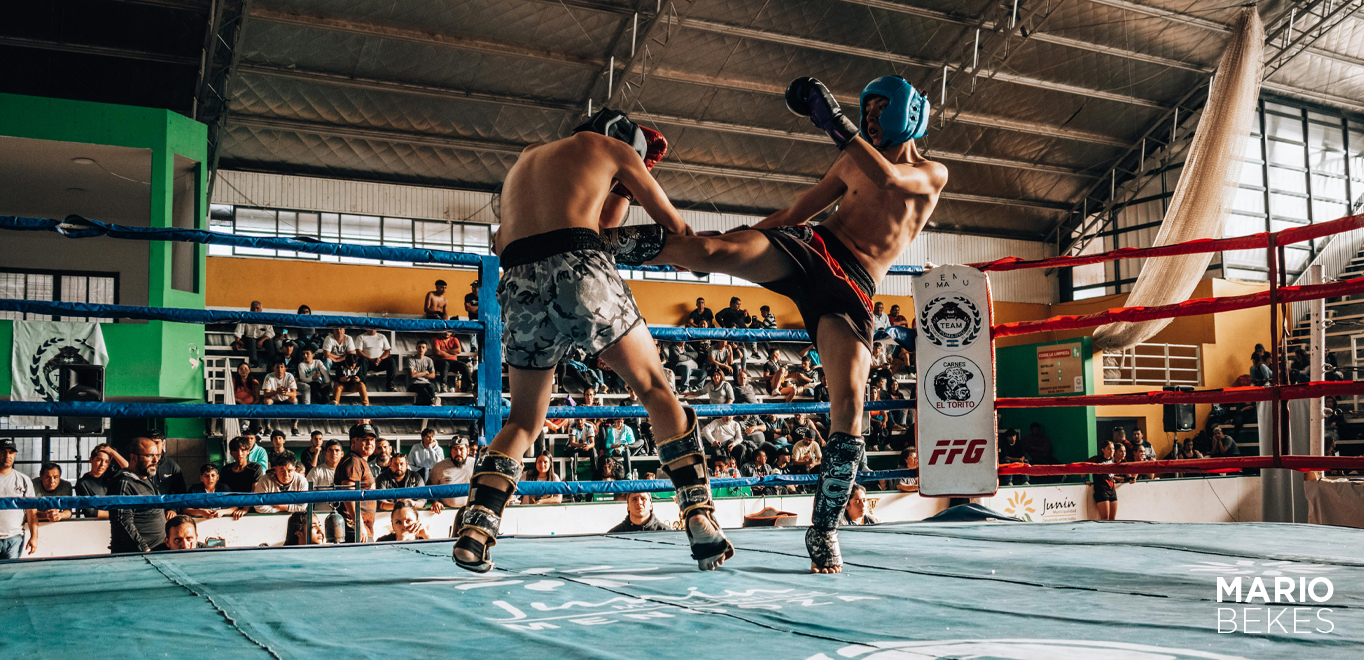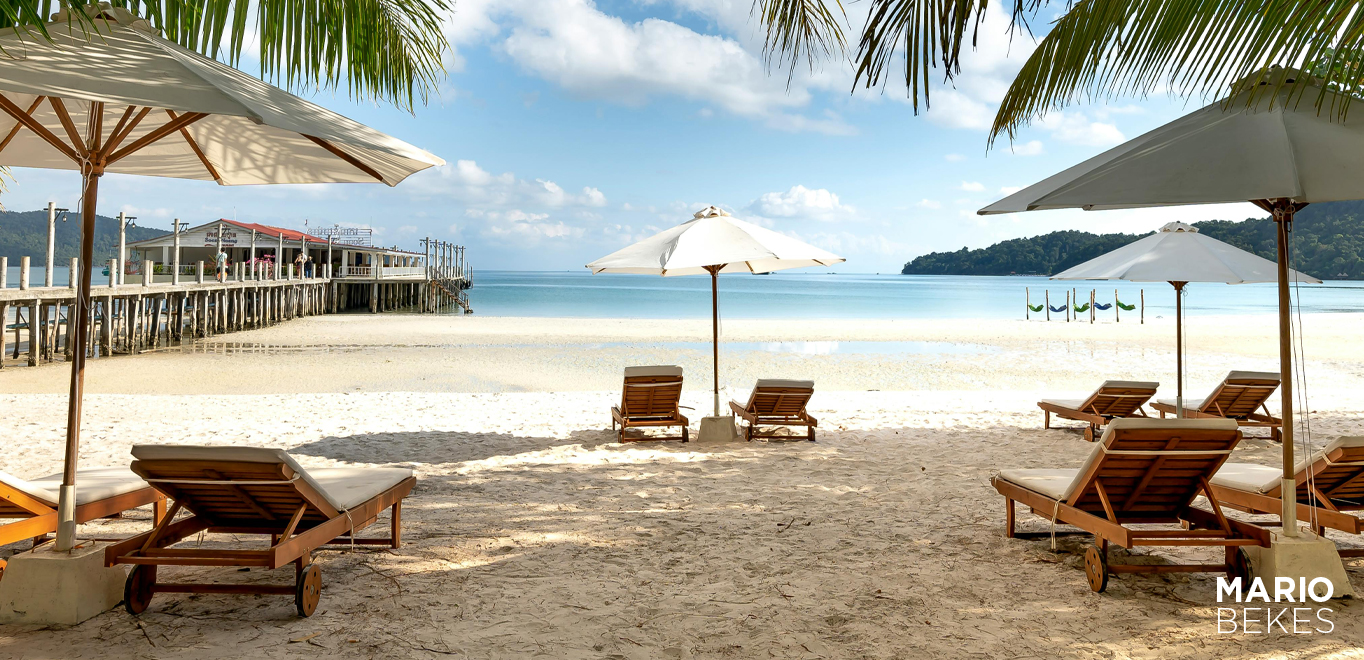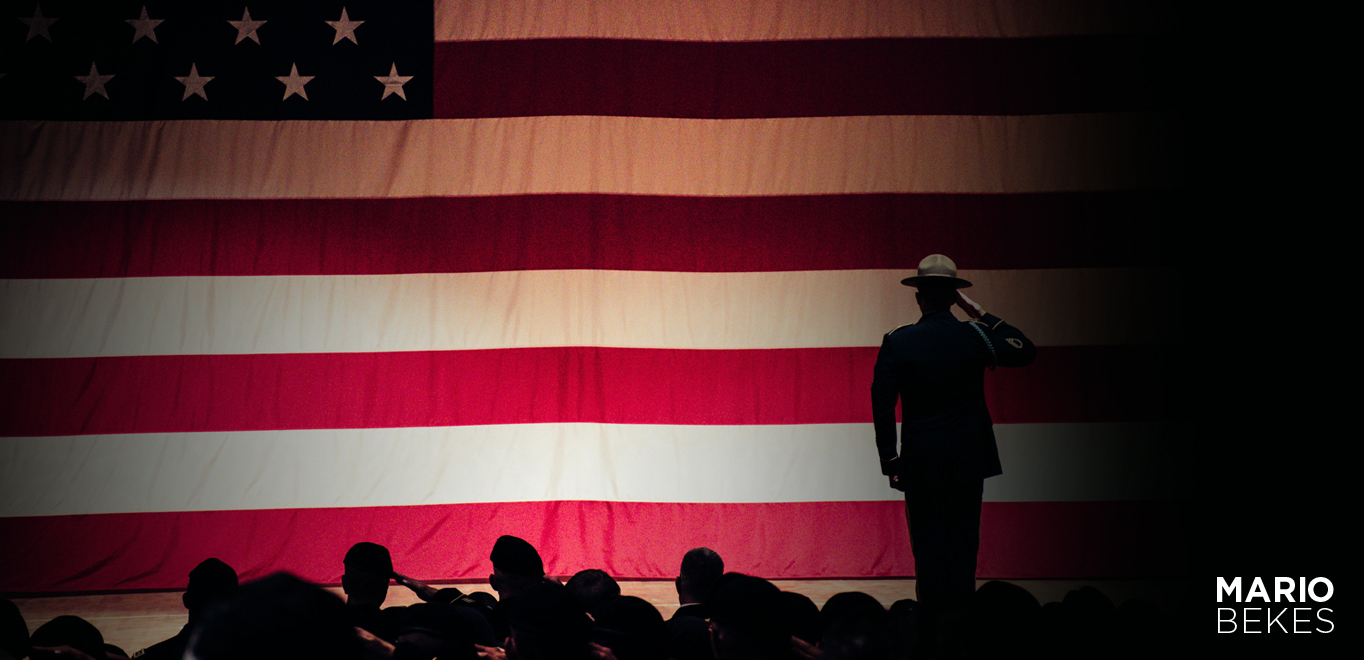Broken Hearts, Empty Wallets: The Dark Art of Digital Love Scams
Introduction
Each week brings another headline: a woman conned out of her savings—and her soul—by a man she thought was “the one.” In today’s world, love isn’t just risky. It’s a digital war zone.
I’ve interrogated spies, traitors, and terrorists. Yet the one predator I still don’t understand? The man who seduces a woman, drains her trust, and disappears—without a flicker of remorse.
Consequently, it is essential that we reveal the authentic approach underlying love schemes.
The quest for love has never been more accessible—or more hazardous—in the age of automated pairings and endless scrolling. Contemporary fraudsters, masquerading as mystics and capitalizing on grief and aspiration for financial gain, are obscured behind luminous screens and persuasive personas.
A troubling trend has surfaced on the internet, when fraudsters impersonating spiritual healers or “doctors” specializing in love spells exploit easily accessible connections.
Complex strategies that merge emotional manipulation with financial exploitation are utilized by these scammers to take advantage of individuals’ yearning for compassion and intimacy.
The Anatomy of a Love Spell Scam
She believed she had met a person of extraordinary abilities. She was certain that he embodied all her desires: tall, self-assured, and exceptionally well-travelled.
He portrayed a life of opulence on social media, showcasing stunning vistas from exotic destinations, exquisite dining experiences, and luxurious private jets.
He spoke to her with deep affection, making her feel as though she was the most important person in the universe.
Nevertheless, the illusion vanished after weeks. She was financially drained, emotionally deceived, and publically embarrassed due to a complex scheme disguised as passion and wealth.
Consequently, she encounters sensations of powerlessness, neglect, disillusionment, and humiliation. Nonetheless, she strives to comprehend the situation and ascertain how to make a second try.
Fraudsters emerge at that point.
The allure of reviving a past romance or enticing a new partner using supernatural methods constitutes the core of many frauds.
Fraudsters often impersonate experienced professionals, offering services such as
- The invocation of romantic enchantments
They assert that they possess the ability to affect an individual’s emotions or reconcile with a romantic relationship.
- Spiritual Purification
They offer rituals designed to eradicate negative energy or dispel curses purported to impact an individual’s romantic relationships.
- Astrological Interpretations
They offer customized horoscopes that forecast the likelihood of love success or failure.
Fraudsters commonly interact with victims via dating applications, social media networks, or unsolicited electronic correspondence.
The initial interaction is often marked by a warm and compassionate attitude, which cultivates trust.
Once the scammer cultivates rapport, they provide the notion of a love enchantment, underscoring the urgency and necessity for prompt action.
Old Days
During my childhood, the villages surrounding my birthplace were infused with whispers of enchantment.
An ancient grandmother, both esteemed and subtly dreaded for her enigmatic conduct, resided in one of these settlements.
In the Soviet era, it seemed that each village possessed a “witch doctor” who upheld a balance between folklore and medicinal practices. These individuals conducted traditional practices to mitigate many unseen ailments and calm the stomach.
Nonetheless, their capabilities transcended this limitation.
They served as guardians of the heart, offering comfort for unrequited love and shielding against the ominous realm of malicious dreams, especially for the youngest and most defenceless.
Current Era
Who are the individuals executing these scams?
Online love spell scammers often masquerade as spiritual healers, psychics, or mystics claiming to have the ability to cast powerful spells that influence love, relationships, and fate.
They generally function across many internet channels, including social media, dating websites, and niche sites offering spiritual services.
The personalities of these individuals are crafted to be both genuine and reliable, often featuring testimonials, elaborate rituals, and assurances of transformative results.
This cohort of fraudsters is adept at manipulating the emotional susceptibilities of individuals, particularly those experiencing loneliness, heartbreak, or personal uncertainty.
They fabricate a veneer of empathy and comprehension by leveraging these emotions, so enabling manipulation.
Operational Methodology – Modus Operandi
Online love spell scammers utilize a blend of strategic and deceptive methods.
What methods do they employ to target their victims?
- Affective involvement and preliminary interaction
Fraudsters sometimes initiate contact by dispatching unwanted messages on dating websites or social media platforms. They may choose to reply to a personal advertisement, dispatch a direct message, or comment on a post.
Their speech is tailored to correspond with the individual’s current emotional condition, marked by warmth and understanding..
- Cultivating trust and reliance
Upon establishing contact, the scammer engages in protracted dialogues, providing counsel, comfort, and a sense of affiliation. They position themselves as a reliable confidant, thereby fostering a sense of empathy and gratitude from the victim.
- Overview of the Love Enchantment Service
The fraudster presents the notion of a romantic spell subsequent to gaining the victim’s trust.
The fraudster asserts that the victim’s romantic prospects are obstructed by malevolent spirits, curses, or misfortune, and that a potent spell may rectify these problems.
- Creating a sense of urgency
The perpetrator often generates a deceptive sense of urgency to incite prompt action. They may require the execution of the spell at a particular moon phase or caution that delays could lead to enduring calamity.
- Financial exploitation
As the victim’s emotions intensify, the fraudster solicits payment for the deception. This may manifest as cryptocurrencies, gift vouchers, or cash.
Furthermore, they may suggest the procurement of specific things or supplies allegedly necessary for the ceremony.
- Continuous Manipulation
The fraudster may persist in soliciting further payments to purportedly “enhance” the effectiveness of the spell, materials, or rituals, even after initial money has been made.
They often employ guilt-inducing tactics, suggesting that the spell’s inadequacy may stem from the victim’s lack of further participation.
- Either vanishing or intensification
The fraudster may cease all communication after extracting all viable funds.
Alternatively, they may escalate their tactics by threatening the victim with dire consequences should they refuse to comply with more requests.
Techniques of victimization
Online love spell scammers utilize many strategies to locate and target potential victims.
- Social media surveillance
Fraudsters often scour social media sites for persons experiencing dissatisfaction in romantic relationships, recent separations, or mental turmoil.
They may offer unsolicited counsel or assistance in reaction to posts or comments.
- Online Dating Platforms and Discussion Forums
These platforms provide an optimal atmosphere for fraudsters, as persons seeking connections are more vulnerable to emotional turmoil.
Scammers create fraudulent profiles to build trust and interact with users.
- Search Engine Optimization (SEO)
Fraudsters enhance their websites to rank in search results for phrases like “love spell,” “reconcile with your ex,” or “spiritual healer.”
This guarantees that scammers redirect individuals seeking such services to their deceptive websites.
- Email Campaigns
Certain scammers employ phishing tactics to get email addresses and disseminate mass communications advertising love spell services.
These emails often express urgency and uniqueness.
Warning signals
Identifying the symptoms of a love spell scam is crucial to save oneself from emotional and financial damage, particularly when the victim feels powerless due to a romantic failure and seeks any sign of hope.
The principal indicators to observe are as follows:
- Unsolicited Contact Exercise caution with individuals who initiate communication, especially if they offer unsolicited counsel or services related to your personal life.
- Promises That Appear Excessively Favourable
Fraudsters sometimes make grandiose claims, such as vowing to revive a deceased partner or ensure everlasting happiness. It is important to recognize that genuine spiritual activities do not ensure outcomes.
- Solicitation for gifts or monetary contributions.
Credible professionals do not necessitate prepayments for their services. Exercise prudence if a person demands remuneration before delivering any service.
- Pressure Tactics
Fraudsters may create a false sense of urgency, suggesting that prompt action is essential to attain the desired result. Seek counsel from reliable sources and thoroughly assess any proposals.
- Lack of verifiable credentials
Genuine spiritual healers have a clear history, client endorsements, and substantiated qualifications. This transparency is often lacking among fraudsters.
- Inconsistent communication
Focus intently on the content of the communication. Indicators of concern may encompass an aversion to engaging in video calls, vague replies, or recurrent grammatical inaccuracies.
- Emotional Regulation
Exercise vigilance if someone exhibits excessive flattery, seeks to isolate you from friends and family, or declares love prematurely.
Conclusion
Individuals may be vulnerable to exploitation owing to the enticement of love and the aspiration to initiate or rekindle a romantic relationship.
Fraudsters posing as love spell practitioners manipulate these emotions, leading to severe financial and mental turmoil for their victims.
Fraudsters specializing in online love spells manipulate the emotions and infirmities of individuals seeking spiritual direction or romantic connections.
By understanding their tactics and recognizing the warning signals, you can protect yourself from being a victim of their deceit.
Approach unsolicited proposals with suspicion, prioritize your emotional welfare, and consult credible sources for guidance.
Remember that true affection and healing stem from within and from credible, honest sources, not from online strangers providing supernatural remedies.









